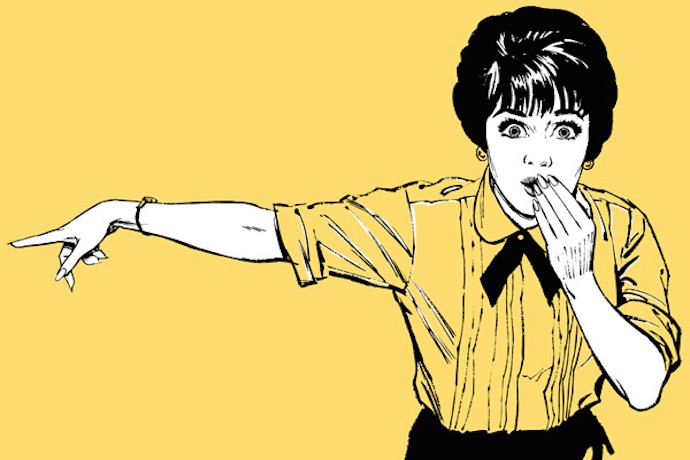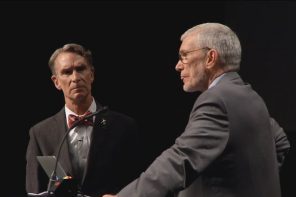Is Dylann Roof solely to blame for the murder of 9 people in the Emanuel AME church in Charleston? How about our nation’s inadequate gun laws or pervasive racism? Or are we all to blame?
Pick just about any issue and you’re likely to find questions of blame at its heart. Is climate change the fault of greedy individuals or a tragedy of the commons? And who’s to blame for the Boston bombing? For rising inequality? For the killing of Jon Snow?
As the editors of The Cubit, RD’s science-and-religion portal, blame has been on our minds, for ours is a Golden Age of Finger Pointing.
Over the next two weeks, The Cubit will feature a series of articles that explore how fault gets distributed in contemporary society. How does blame take form in the public square? How do scientific findings provide fodder for blame, or call blame into question? How are disenfranchised minorities made into scapegoats, despite the so-called democratization of media?
Our series emerges from a few observations.
The ways we situate blame vary widely—and can indicate a lot about the blamer’s view of the world. After a crime, do you blame perpetrators, or the society that shaped them? Does social harm come from powerful, conscious agents (gods, demons, the corporate elite) or from unconscious forces like bad luck or random chance?
Science and technology have proliferated new routes for both explaining and enacting blame. Nutrition science diagnoses all sorts of modern ills; sociological and economic analysis can map those deep forces of which riots are merely a symptom; alongside its famed “genius” grants, the MacArthur Foundation backs efforts to reform criminal justice using neuroscience; and digital technology makes it possible for blame to snowball, turning stray (and often vile) comments into moments of mass social media outrage.
Yet despite this expanded toolkit, the process of blaming hasn’t become substantially more accurate or objective. We continue to allow the privileged to evade fault. Echoing our religious history of scapegoating, we transfer their sins onto the weak and then exile them: to prisons, to low-income neighborhoods, to subordinate status in the eyes of the law. Blame’s ingredient list does start with guilt, but blame takes shape as it interacts with cultural norms, cognitive biases, and socio-economic power.
Blame is never just about finding a perpetrator. How we blame reflects how we view justice, cause-and-effect, and our social milieu. As a result, we will approach blame in this series from a number of angles. Stay tuned for investigations of terrorist motivation, public housing policy, public shaming, and more.






